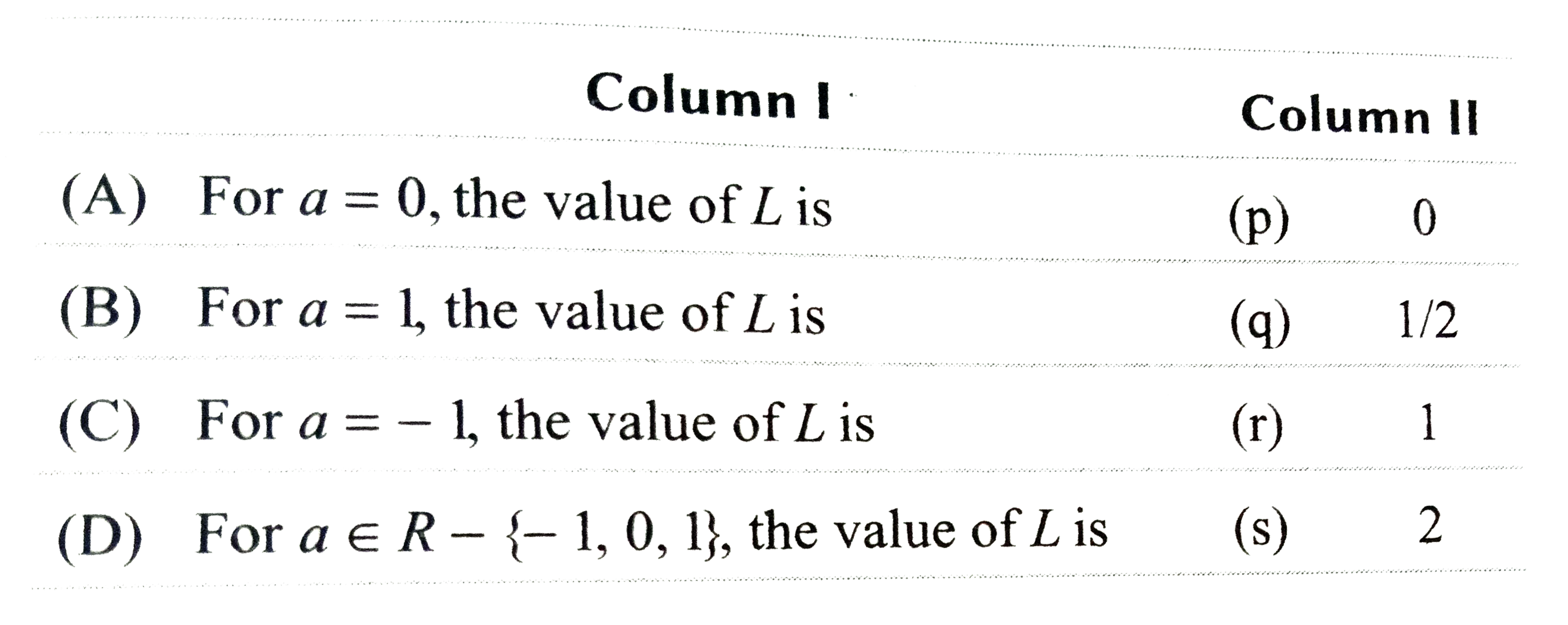Let L=limn→∞∫∞andx1+n2x2, where a∈R, then L can be
A
π
B
π/2
C
0
D
1
Video Solution
Text Solution
The correct Answer is:C
|
Answer
Step by step video, text & image solution for Let L= lim_(nrarr infty) int_(a)^(infty)(n dx)/(1+n^(2)x^(2)), where a in R, then L can be by Maths experts to help you in doubts & scoring excellent marks in Class 12 exams.
Updated on:21/07/2023Topper's Solved these Questions
- DEFINITE INTEGRALBOOK - ARIHANT MATHSCHAPTER - DEFINITE INTEGRALEXERCISE - Exercise (Passage Based Questions)
17 Videos
- DEFINITE INTEGRALBOOK - ARIHANT MATHSCHAPTER - DEFINITE INTEGRALEXERCISE - Exercise (Matching Type Questions)
4 Videos
- DEFINITE INTEGRALBOOK - ARIHANT MATHSCHAPTER - DEFINITE INTEGRALEXERCISE - Exercise (Single Option Correct Type Questions)
34 Videos
- COORDINATE SYSTEM AND COORDINATES BOOK - ARIHANT MATHSCHAPTER - COORDINATE SYSTEM AND COORDINATES EXERCISE - Exercise (Questions Asked In Previous 13 Years Exam)
7 Videos
- DETERMINANTS BOOK - ARIHANT MATHSCHAPTER - DETERMINANTS EXERCISE - Exercise (Questions Asked In Previous 13 Years Exam)
18 Videos
Similar Questions
Knowledge Check
limn→∞n∑k=1nn2+k2x2,x>0 is equal to
Axtan−1(x)Btan−1(x)Ctan−1(x)xDtan−1(x)xThe limit L=limn→∞Σnr=1nn2+r2 satisfies
AπL<6BπL<2CπL>3DπL<1limn→∞[(n+1)(n+2)...3nn2n]1/n is equal to
A18e4B27e2C9e2DNone of these

